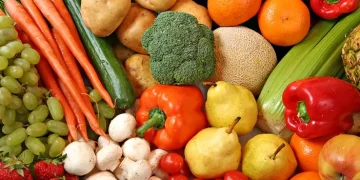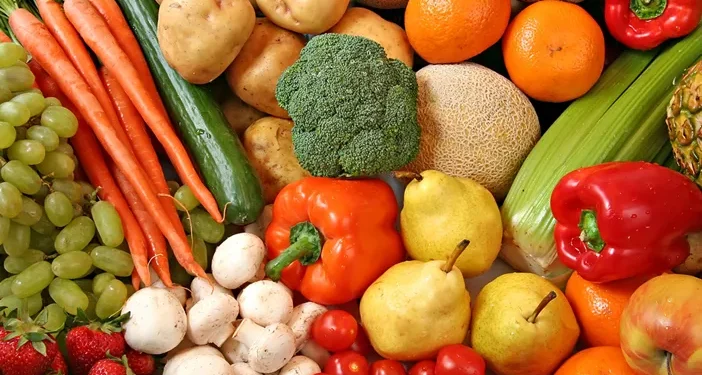The increasing volume of fresh produce imported from China to Russia underscores a significant shift in the country’s agricultural trade landscape.
Russia is witnessing a notable rise in the importation of fruits and vegetables from China. During a recent week, a substantial 8,223.4 tons of fresh produce, including 1,985.7 tons of young potatoes, were imported from China. This marks the largest shipment of potatoes from China since the beginning of the year, according to reports from IA UssurMedia.
Significant Import Volumes and Diverse Origins
The Rosselkhoznadzor, Russia’s Federal Service for Veterinary and Phytosanitary Surveillance, has been actively managing and processing these imports. Over the week from June 3 to June 9, the service monitored a total of 9,169.3 tons of fresh vegetables, fruits, and berries arriving from various countries. This import activity highlights Russia’s diverse sourcing strategy to meet its fresh produce demands.
Detailed Breakdown of Imports
From China alone, 66 batches of root vegetables were processed, indicating a focused effort on managing the quality and safety of these imports. The breakdown of imports from other countries includes:
- 609.9 tons of bananas from Ecuador
- 110.2 tons of fresh apples from South Africa
- 91.2 tons of pears from Argentina
- 71 tons of oranges and mandarins from Egypt
- 11.6 tons of exotic fruits from Vietnam
- 52 tons of onions from New Zealand
Each of these batches underwent stringent quarantine phytosanitary control to ensure they met Russia’s import standards.
Ensuring Quality and Safety
The Primorsky Administration of Rosselkhoznadzor plays a crucial role in monitoring and ensuring that all imported produce adheres to the necessary quarantine and phytosanitary regulations. This rigorous control process is vital for maintaining the safety and quality of the produce entering the Russian market.
The increasing imports from China reflect a broader trend of diversifying sources to secure a stable and varied supply of fresh produce. This strategy not only meets the growing demand within Russia but also ensures that the market remains resilient against potential supply chain disruptions.
Conclusion
The continuous growth in the importation of Chinese fresh produce into Russia signifies an important development in the agricultural trade between the two nations. With the Rosselkhoznadzor ensuring strict adherence to phytosanitary standards, Russian consumers can expect high-quality and safe fruits and vegetables. This trend is likely to continue, bolstering the availability of fresh produce in Russia.































